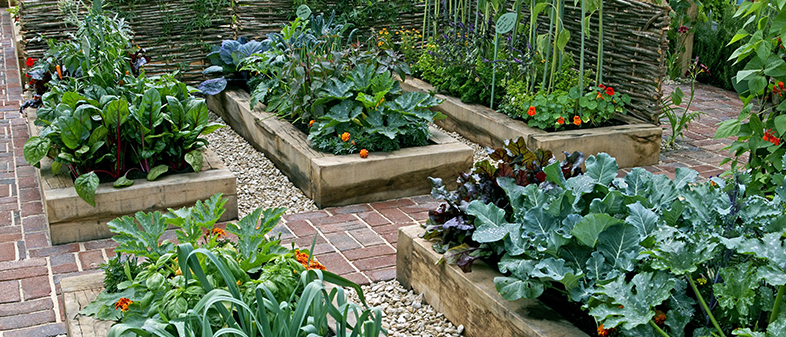A school garden is a fun, hands-on way to teach curriculum in science, math, engineering and other subjects. School gardens foster independent thinking, self-confidence and connect children to their food sources and to nature.
With just a little bit of outdoor space, water and some sunshine, you can create a learning garden for your outdoor classroom.
Begin Your Garden Plan
Gardening is an ongoing learning experience that takes careful planning before, during and after planting but that's what makes it such a compelling teaching tool. The most successful gardens will feature plants that work with your school's particular ground conditions and climate.
Late winter or early spring is the time to start choosing plants for the warmer planting season. If you start your plants from seeds, you can even begin sowing them in your classroom on a sunny windowsill in the late winter months. You can use this as a perfect opportunity to teach students about germination and the anatomy of plants with an up close look at the daily progress of their seedlings.
In early spring, start prepping your outdoor garden space. Here are some things to consider:
- Choose a spot that gets a mix of sun and shade
- Pull any weeds and clear debris from the ground
- Prep the soil by breaking it up and turning it
- Look for and remove pests
- Create a compost area
- Install or repair garden fencing or gates if necessary
When clearing the garden and creating a plan for what to plant where, consider creating a unit for your students on photosynthesis, soil chemistry or companion plantings.
What Should You Plant?
The USDA has created a Plant Hardiness Zone Map to help you figure out what plants can work best for your school's location. The most recent map divides the country into 13 temperature zones. Zones are categorized from coldest to warmest minimum winter temperatures.
When choosing plants consider how much sun and rain your garden will get, your soil condition and when the plants bloom or are harvested.
USDA MAP http://planthardiness.ars.usda.gov
Once your garden is prepped and you've selected your plants, you'll have to do research on how to best care for each kind of plant. Consider letting your students do the research for you with a project that assigns each student a specific plant you're considering for your classroom garden. Have students compile their research on preferred growing conditions and habitats and have them make a recommendation of whether or not it's an appropriate plant for the garden and why.
Put Your Garden to Bed
As the gardening season comes to a close, your students can harvest any remaining fruits and vegetables and prepare the garden for winter.
Here are some Fall garden preparation tips to consider:
- Remove weeds and debris
- Some vegetables and plants will bloom until late fall but clear plants that won't survive the late fall or winter
- Save your seeds
- Add plant refuse to your compost
- Cover the open soil with compost and fold it in to increase nutrients
As you close your garden for the season, consider creating a unit for your students on composting, seed-saving for spring planting or amending your garden soil with fresh nutrients for the following year.
Love to Know: Garden Zones. Web. http://garden.lovetoknow.com/wiki/Category:Gardening_Zones
The Nature Conservancy: Go Wild with Native Gardening. Web.
www.nature.org/ourinitiatives/regions/northamerica/unitedstates/go-wild-with-native-gardening.xml
Sanderson, Susan. "Top 10 tips to prepare your garden for Spring." Thompson & Morgan. Web.
http://www.thompson-morgan.com/top-10-spring-garden-tips
"Preparing Your Garden for Winter: Putting the Garden to Bed: How to Overwinter Plants." The Old Farmer's Almanac. Web. www.almanac.com/content/preparing-your-garden-winter



